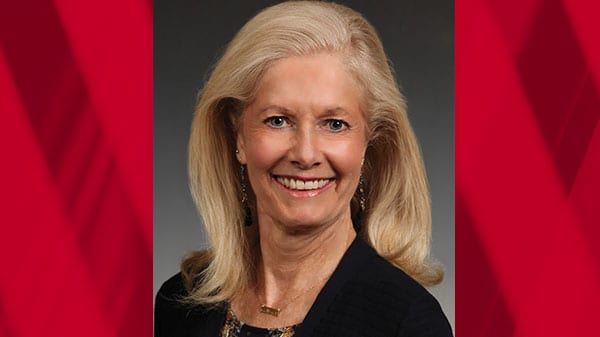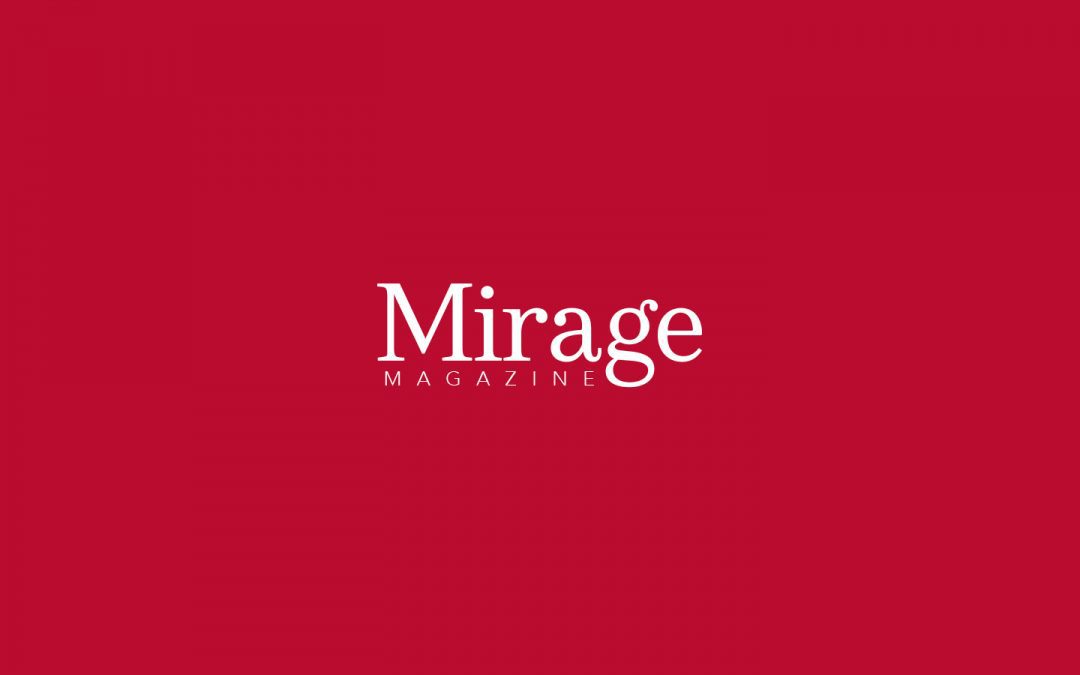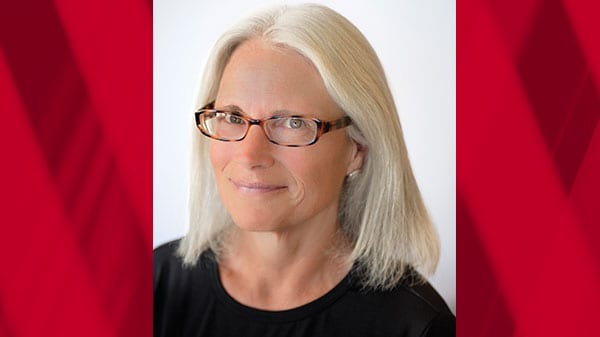
From the Veep
From the Veep
We Lobos are resilient. And, after more than a year and half of pandemic restrictions, we are cautiously optimistic that we can gather to collectively share our memories as members of the Pack. As we approach this new academic year with in-person classes on campus and green chile roasts around the country, we are embracing a renewed sense of the importance and impact of connection. The Alumni Relations staff and the association’s volunteer leaders have flexed their creative muscles to find safe and innovative ways to transition responsibly into in-person opportunities and partnerships to connect our alums to the University and to each other. We’re looking forward to this year’s Homecoming and invite you to join in our myriad events, both online and in-person. Last year we were “connected by the unexpected” and this year we are “unmuted” — reigniting the Lobo spirt in all of us. We’ll see you the first week in November.
Every year we refocus our programming to reflect the needs of our alums. We couldn’t help but reflect on the success that our programs had when we transitioned into digital platforms — platforms that allowed us to connect with alumni nationwide and even internationally through virtual basketball and football watch parties, Lobo Living Rooms, Operation Safe Paws and green chile roasts by post — selling over 3,000 pounds of chile to Lobos in every state, Puerto Rico and the UK. Our chapters, constituent groups, committees and individual alums are working hard to create programming that ensures everyone can participate this fall, whether virtual or in-person. We welcome your ideas and input. Much of our planning and volunteering is being done by our Alumni chapter groups. Please consider connecting with your fellow alums by signing up for one of our cultural chapters or a regional chapter in your area, whether it’s Albuquerque or New York or an affiliate chapter connected to your school or college.
We’re all Lobos for Life!
Connie Beimer
Vice President for Alumni Relations









Recent Comments